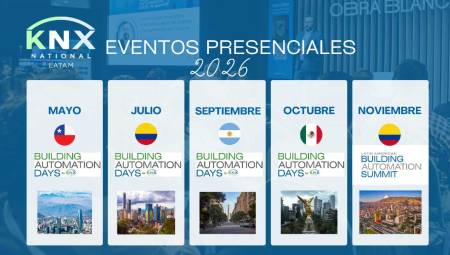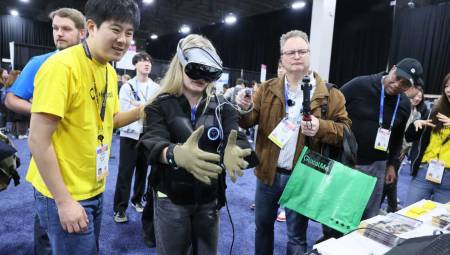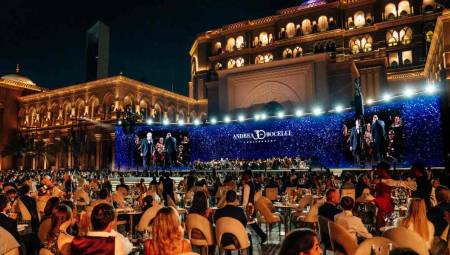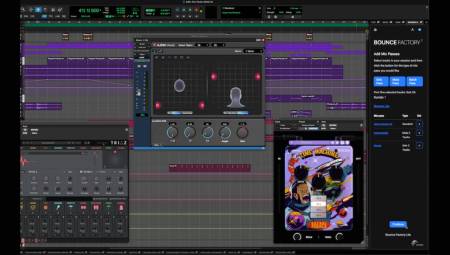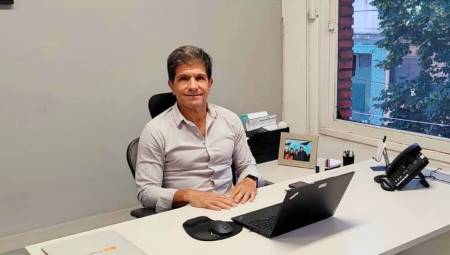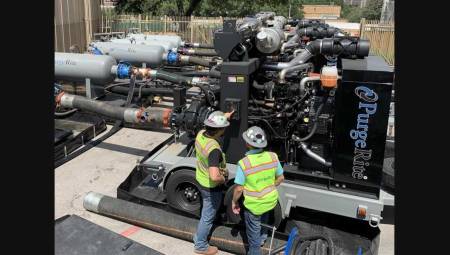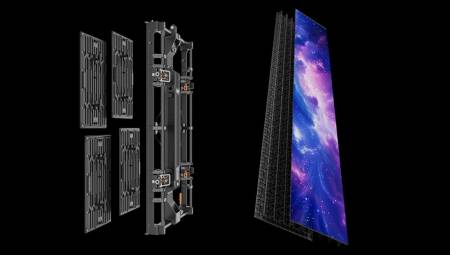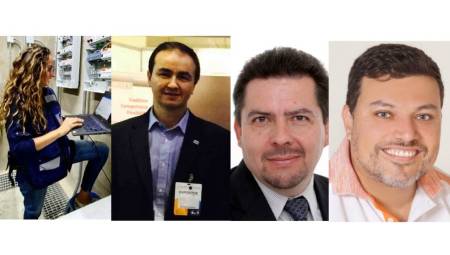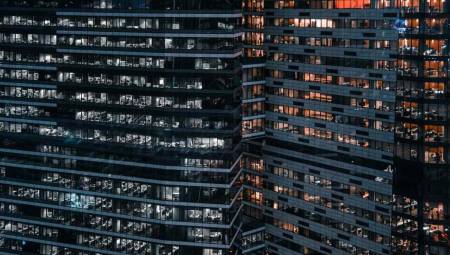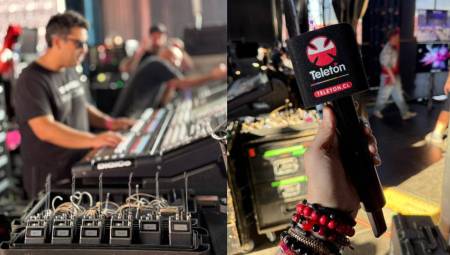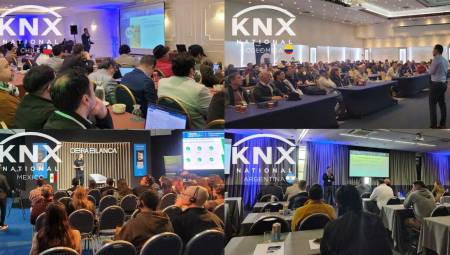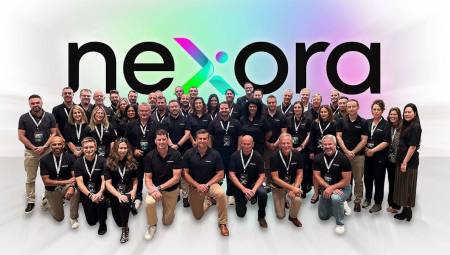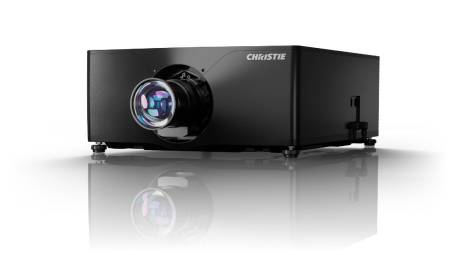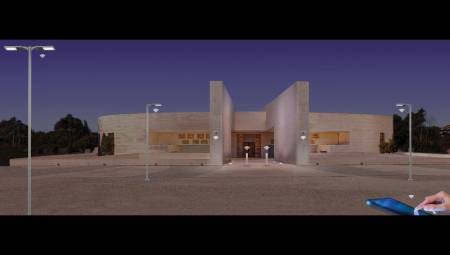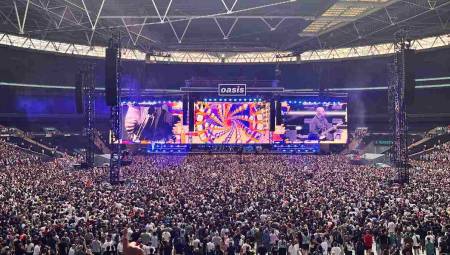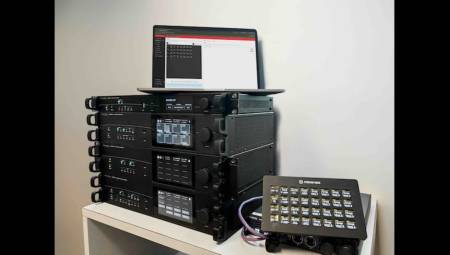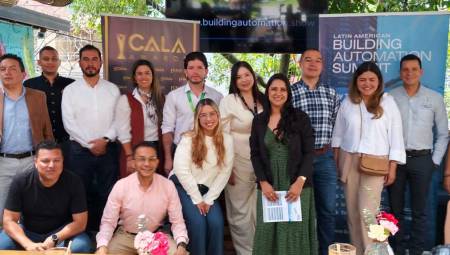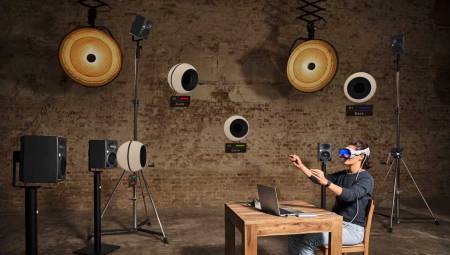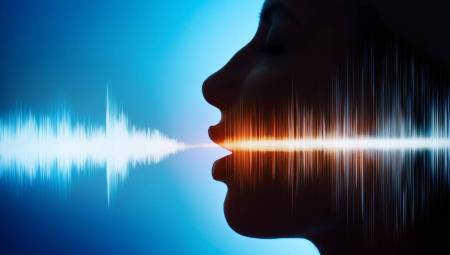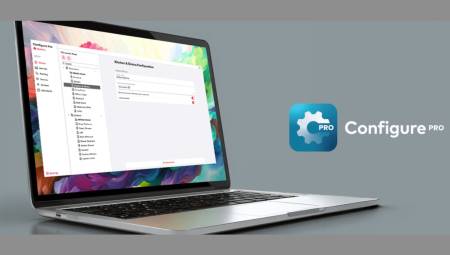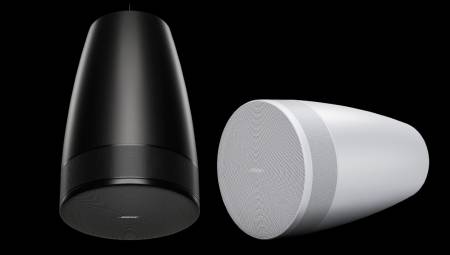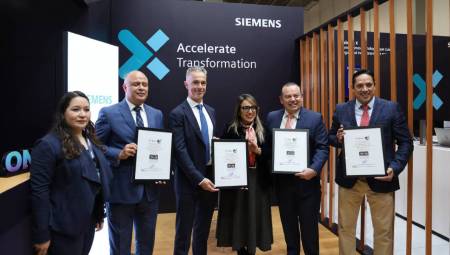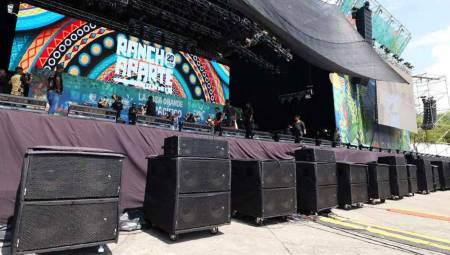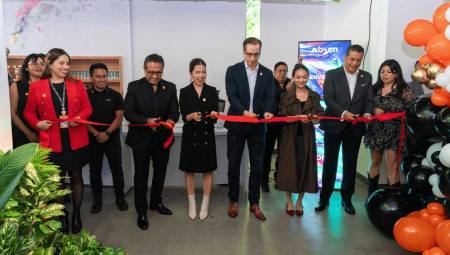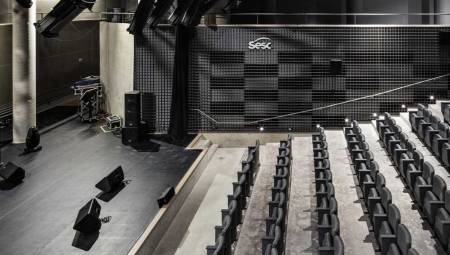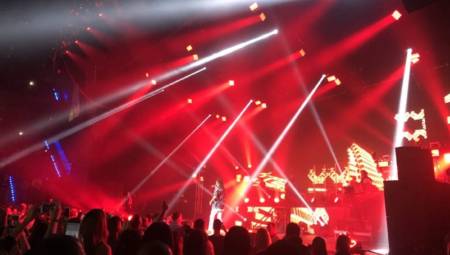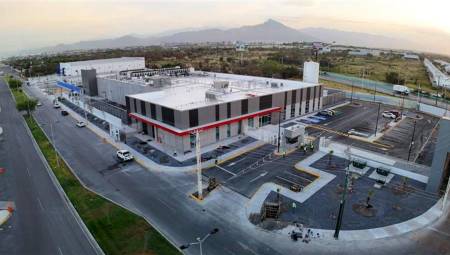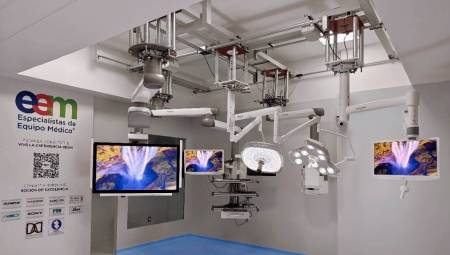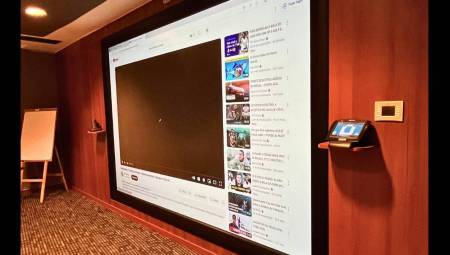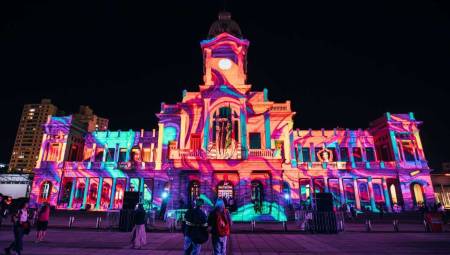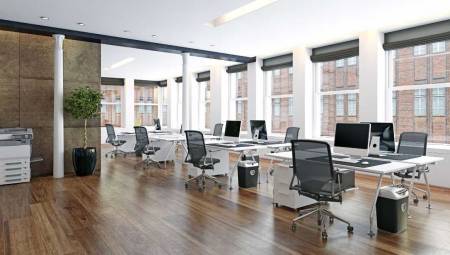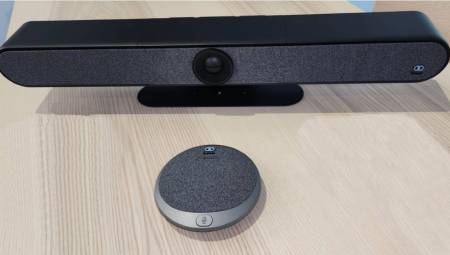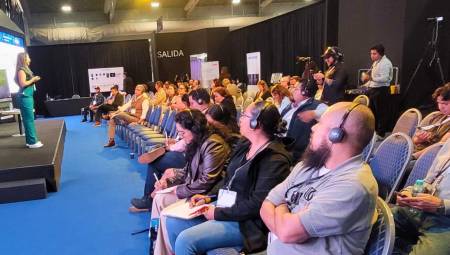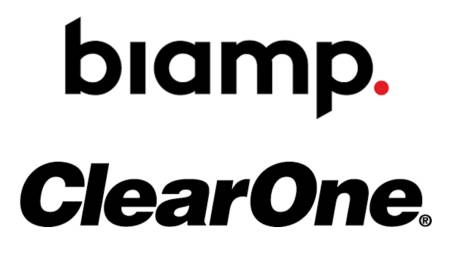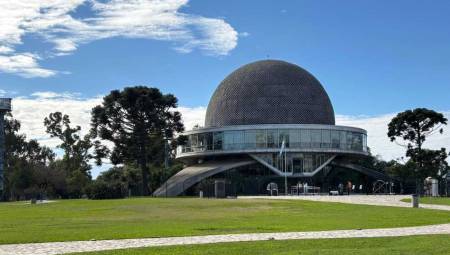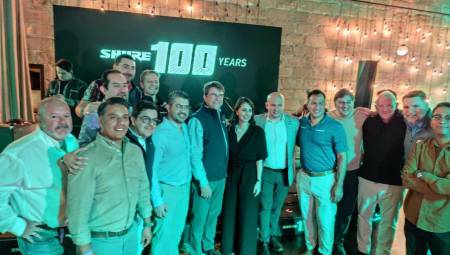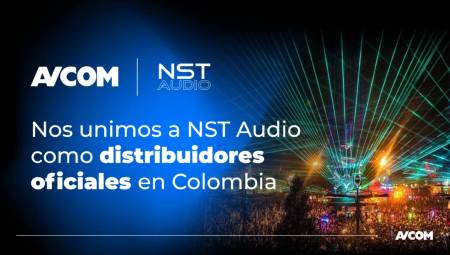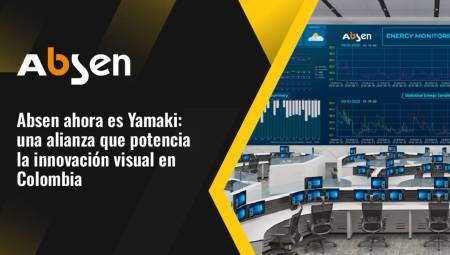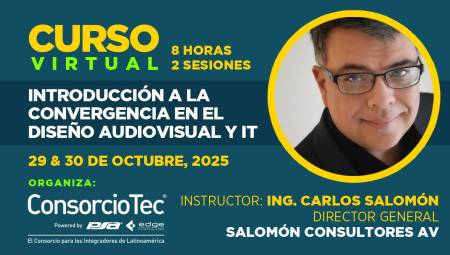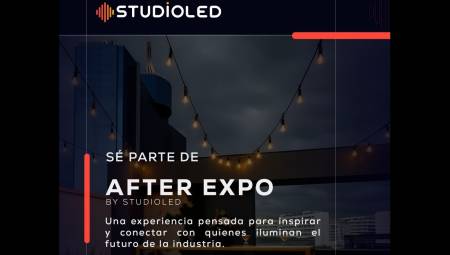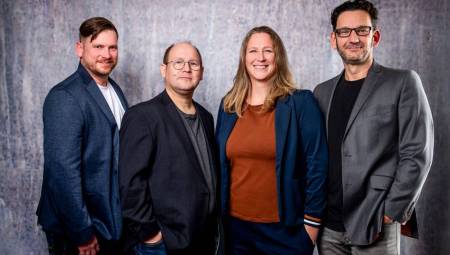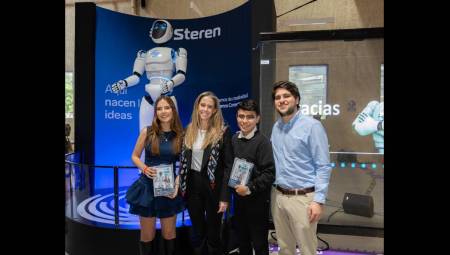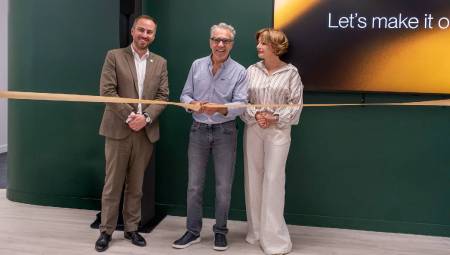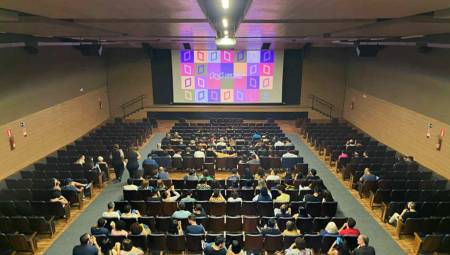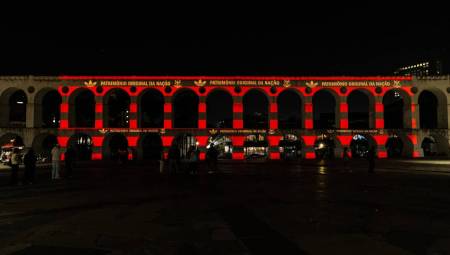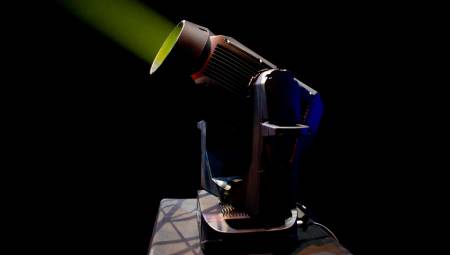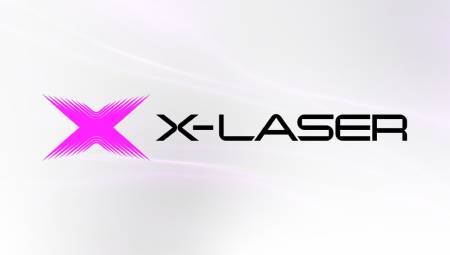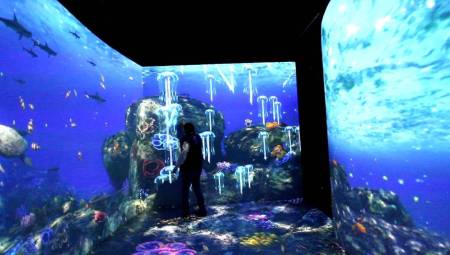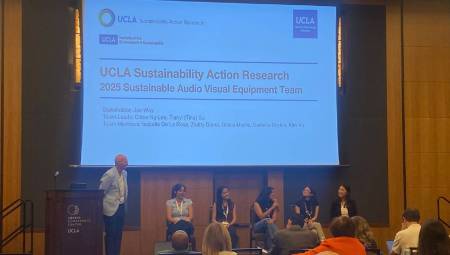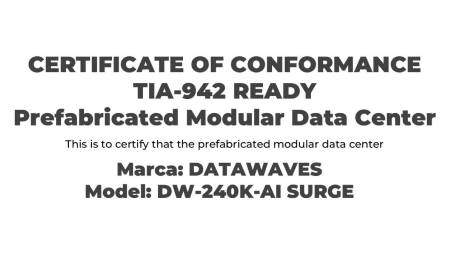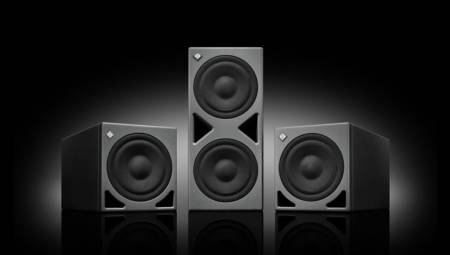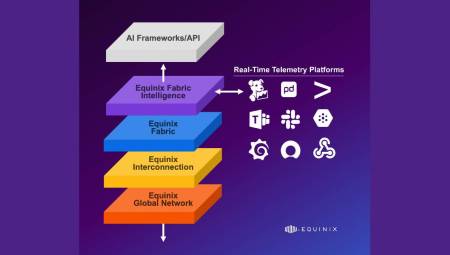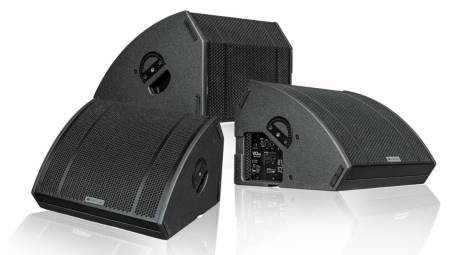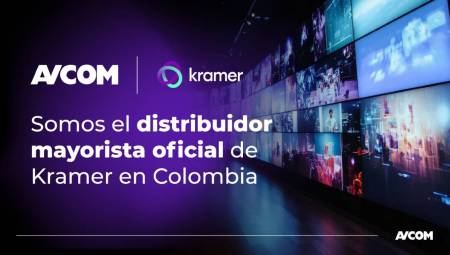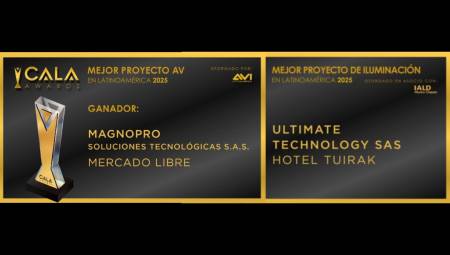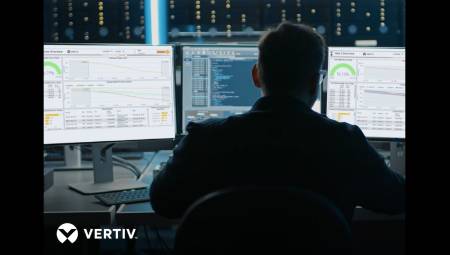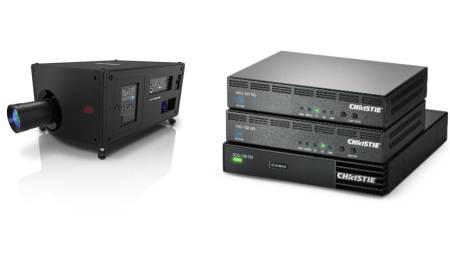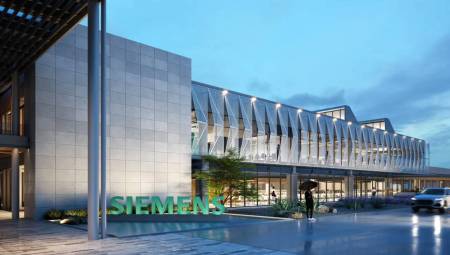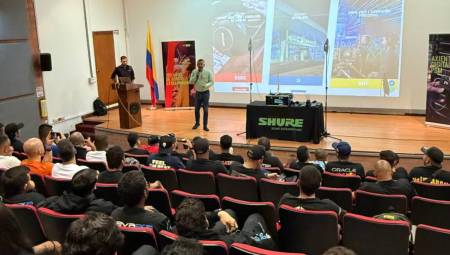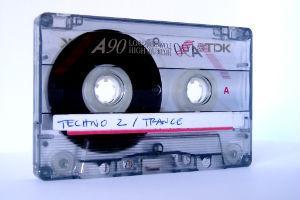 One of the arguments that explain the delay in the transition between the analog and digital sound system is that the latter can present inconveniences in the control commands, especially if they are integrated into a control or automation system.
One of the arguments that explain the delay in the transition between the analog and digital sound system is that the latter can present inconveniences in the control commands, especially if they are integrated into a control or automation system.
Due to lack of experience and knowledge in the subject, the transition from analog to digital sound system for multiroom in Latin America has been a slow process, although there is a growing interest for this to occur.
Nelson Canter, deputy manager soundesign Ltda, a company based in Bogotá, Colombia, indicated that for this process there are many digital equipment but more experience and knowledge is required to implement them in the field.
"When programming or controlling these devices, they require much more time and dedication. It's a slow process."
Migration between the two systems goes hand in hand with the evolution of industries such as web applications, the physical layer of data networks, and solid-state devices (microprocessors).
The representative of Bosch's technical support department in the United States, Nicolás Betancur, explained that "the capacity of these technologies is exponentially increasing, with the opposite happening at the cost level. This has made it possible to put integrated digital systems within reach of various budgets, both at the hardware and software level."
He added that this is complemented by green initiatives and collaborations via the Internet in a global community, in addition to the non-professional (personal – consumer) market which has already migrated in many aspects to the daily use of digital technologies such as cell phone instead of telephone, CD instead of cassette, MP3 player or similar, etc.
This migration, which was previously a luxury of high institutions, is today a necessity and requirement for any modern information or education center, which is why it became one of the most dynamic segments within the audio and video market today.
Outside of specific multimedia systems, says Nicolás Betancur, there are multi-zone systems for audio communication between venues. Systems are called in different ways, typically periphonic, voice/environmental program, or public - diffusion.
Regarding the market, multi-room audio and video is one of the fastest growing segments in the industry. This has delivered positive results in 2010 and is expected to increase in 2011 when the economic crisis of recent years was definitely left behind.
Training and experience
The two experts emphasize that the advantages in terms of control and versatility of the system are "enormous". Many of these digital-type multiroom devices come with multimedia storage units. This option is not available on analog devices.
In educational institutions, audio files can be stored on a single hard drive to play in different rooms, also because it is a digital system it is possible to schedule events, that is, schedule playback schedules.
The Deputy Manager Soundesign Ltda maintains that to move from analog to digital sound system there are difficulties such as requiring greater qualification of the technician or engineer to implement a digital device than in an analog one.
"For these specifics it is not only to connect the power outputs to each speaker system, you have to implement modifications in the device entering many times by software or some by complex configuration menus."
Another drawback to overcome for the industry is that there is no defined standard of digital audio transport. Only when there is single-channel "one-to-one" communication do you have a generally accepted standard such as AES3 (or AES/EBU), and its consumer counterpart S/PDIF.
"However, when we move to multi-channel audio transport, we come to consider different standards. We have MADI, AES50 and HyperMAC, among others. This becomes more complex when considering audio networks, where we find, among others, Dante, A-Net, CobraNet and EtherSound. All these standards are currently competing for recognition and appropriation of the market," said Nicolás Betancur.
Another challenge is the tendency to "over-complicate" a system, especially for the user's point of view. Due to the great power of today's digital processors, the systems are so versatile that they can offer a wide variety of solutions for a variety of applications and users.
As for quality, audio purists argue that analog is still superior to digital, and this is something "debatable" for critical listening in controlled venues such as recording studios. But with the current capacity of digital devices, in the context of "multi-room", the differences are actually imperceptible.
Recently there has been a lot of evolution in control and automation systems, however still in certain applications for an audio operator it is important to have a physical control interface, in which you can move knobs, hook buttons, etc.
BOX
Hybrid systems
In the process of transitioning from analog to digital sound system, a mixture has emerged between the two known as hybrid, which is used to have both options in multiroom installations.
For Nicolás Betancur, these systems are being used frequently, because for budget reasons many migrations must be done gradually, known as a "retrofit".
"Especially, this duality lies in the integration between zone-specific multimedia systems, and central audio/video transport systems within a zone complex."
He added that "there is still in our midst an ingrained concept of achieving compatibility through analog wiring. This brings with it a significant technical difficulty, since moving to the digital world and vice versa creates the possibility of having electrical incompatibilities between the lands of the two devices. This is one of the biggest headaches an audio professional can face in a complex system."
Another problem when converting from analog to digital and vice versa is that for each Digital-Analog (DAC) and Analog-Digital (ADC) conversion it eliminates some resolution in the signal and also injects a little noise. The accumulation of many of these conversions can end up in perceptible artifacts.




